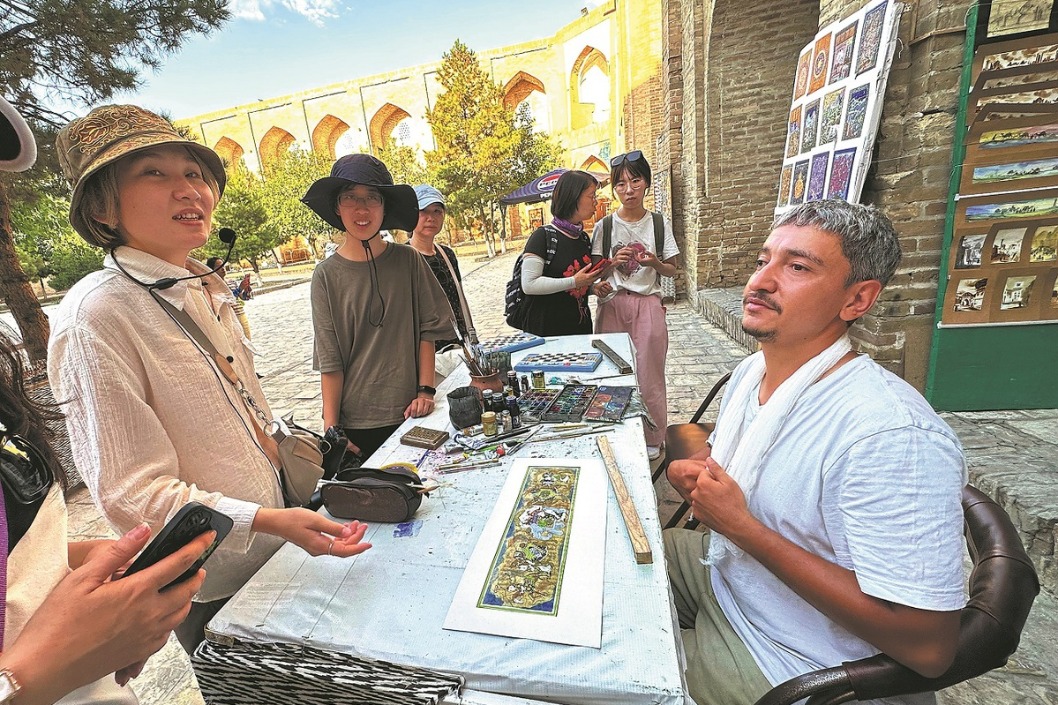Reality of Xinjiang contrary to claims made by Western media
CHINA MEDIA GROUP | Updated: 2023-08-09 07:08

After concluding a five-day tour of China's Xinjiang Uygur autonomous region, which took them to Kashgar, Kuqa and Urumqi to experience local customs and economic and social development, the envoys from the Dominican Republic and 23 other countries said that the Xinjiang they saw is completely different from what the Western media portrays.
The envoys had only read negative reports in the Western media before arriving in Xinjiang, where they found beautiful sceneries, warmhearted people and a dynamic economy. They visited engineering projects, scenic spots, old streets and manufacturing enterprises, thus being exposed to a range of people and customs. After visiting water conservancy projects, agricultural projects, free trade zones, airports, tourist and cultural sites, and interacting with local people, the envoys said Xinjiang is developing well and the rights and freedoms of the local people are fully protected. "This is completely different from the human rights issue hyped up by Western media," they said.
In Xinjiang's cotton fields, cotton planters use modern technology, such as drones to spray pesticides; they have also established a modern irrigation network. To the foreign envoys, this was completely different from the reports of "forced labor" they had read. After interacting directly with Islamic clerics, the envoys felt that the Islamic institutes in Xinjiang have well protected the cultural and historical traditions of ethnic minorities.
In recent years, about 2,000 government officials, religious figures and journalists from more than 100 countries and international organizations have visited Xinjiang. The reason why Western media "demonize" Xinjiang is to use the opportunity to smear China. The Western media describe China the way they want the world to see it.
By the end of 2020, Xinjiang had eliminated absolute poverty. In the first half of this year, Xinjiang's GDP reached 854.20 billion yuan ($118.43 billion), up 5.1 percent year-on-year. From January to June, Xinjiang received 102 million tourists, a year-on-year increase of 31.49 percent, generating 92.276 billion yuan in tourism revenue, a year-on-year increase of 73.64 percent. As a frontier region in western China, Xinjiang plays an important role in the construction of the Belt and Road Initiative. As of July 20, more than 8,000 China-Europe freight trains had passed through the ports of Khorgos and Alashankou in Xinjiang, carrying more than 200 types of goods. All these data defy Western lies about Xinjiang.
























